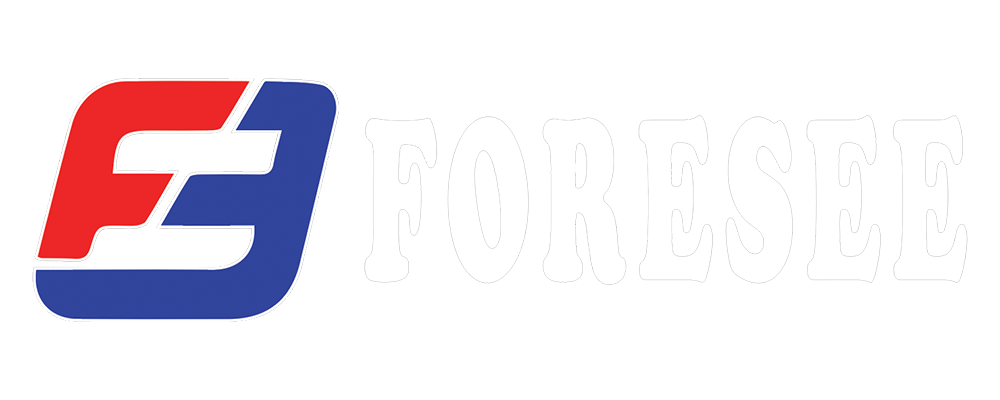The quality of a weld is significantly influenced by various welding parameters. Key factors include:
-
Welding Current (Amperage): The amount of current affects the penetration depth of the weld. Higher current increases penetration but can also lead to excessive spatter and burn-through if not controlled. Low current may result in weak, shallow welds.
-
Voltage: Voltage controls the arc length. Higher voltage increases the arc length, which can lead to a wider bead and more fluid weld pool. However, excessive voltage may cause undercutting and porosity, while low voltage can lead to a narrow bead and lack of fusion.
-
Travel Speed: The speed at which the welding torch or electrode is moved affects the heat input to the workpiece. Too fast a speed can lead to insufficient heat, causing lack of fusion and incomplete penetration. Too slow a speed can result in excessive heat input, leading to a wider heat-affected zone (HAZ) and potential warping or burn-through.
-
Shielding Gas Flow Rate: For processes like MIG and TIG welding, the flow rate of shielding gas is crucial. Too low a flow rate can result in inadequate shielding, leading to porosity due to contamination from the atmosphere. Too high a flow rate can cause turbulence, drawing in contaminants and reducing weld quality.
-
Electrode Angle and Position: The angle and position of the welding electrode influence the direction of the weld bead and penetration. Incorrect angles can cause poor fusion, excessive spatter, or an uneven bead profile.
-
Preheat and Interpass Temperature: Maintaining proper preheat and interpass temperatures is crucial to preventing cracking, especially in thicker materials or those with higher carbon content. These temperatures affect the cooling rate, which in turn influences the microstructure and mechanical properties of the weld.
-
Filler Material: The choice of filler material must be compatible with the base metals being welded. Incorrect filler material can lead to poor mechanical properties, cracking, or other defects.
-
Arc Length: A shorter arc length can lead to deeper penetration, but may also increase spatter and cause an unstable arc. A longer arc length typically results in a flatter, wider bead but can decrease penetration and lead to a weaker weld.
The proper adjustment of these parameters is essential to achieving a high-quality weld with optimal strength, appearance, and durability. Each parameter must be carefully controlled based on the specific welding process, materials, and desired outcomes to minimize defects such as porosity, cracking, and lack of fusion

Recent post